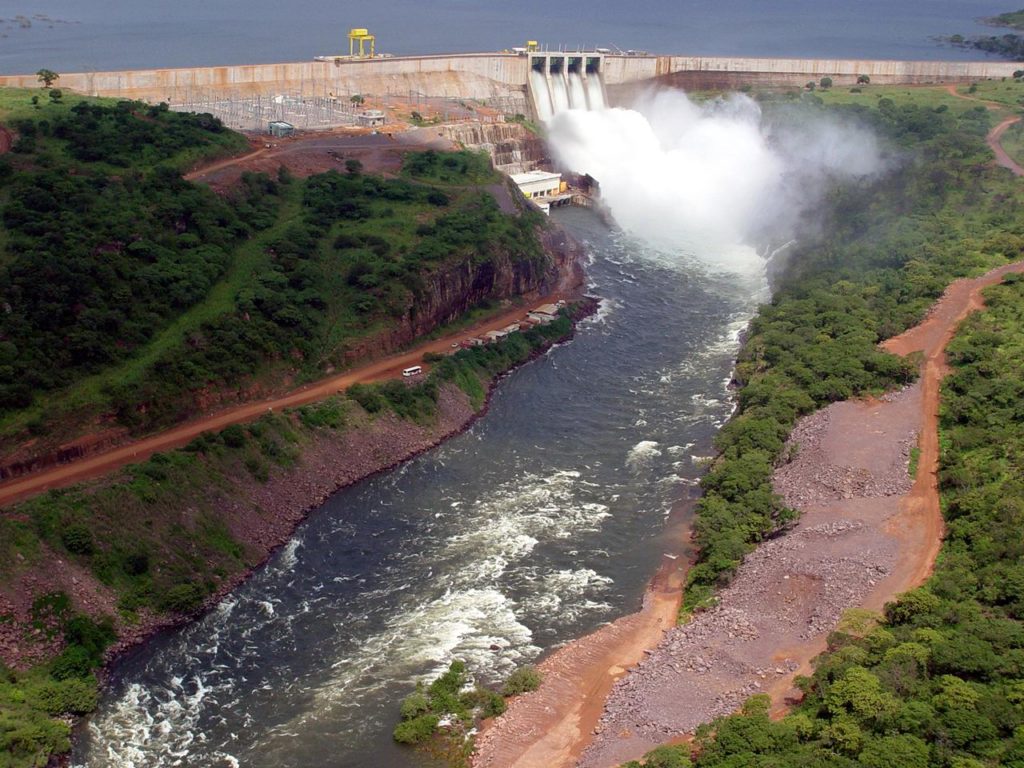Green ammonia in Angola
By Julian Atchison on November 04, 2021

Australia-based Minbos Resources and Angola’s Ministry of Agriculture agreed on a plan to develop green ammonia and fertiliser production in the African country. Powered by the Capanda Hydroelectric Dam, an ammonia & fertiliser production facility will be built within heavy road transport distance of Angola’s key agricultural and mining regions.
Angola’s national Ministry of Energy confirmed that, of an installed capacity of 520 MW at Capanda Hydroelectric Dam, 100 MW of hydro power will be made available to the project (Minbos has also been invited to submit a tariff proposal to offset high energy costs during the development phase). The new project compliments Minbos’ Cabinda Phosphate project, and will allow the production & distribution of locally-made NPK fertiliser throughout Angola (historically an ammonia/fertiliser importer).
Commenting on the historic agreement, Minbos CEO Lindsay Reed:
“Green Ammonia is a natural progression for Minbos and its NPK for Angola strategy and a great opportunity for Angola to establish a competitive sustainable fertilizer industry to underpin the development of its Agricultural sector. We are excited about advancing this project with the support of the Angolan Government.”
For Angolan agricultural industries, the current situation involves the importation of ammonia and/or fertilizer. Transportation and internal handling costs currently comprise ~45% of the cost of landed product in Angola. By developing a green ammonia facility close to end markets, there is a significant margin that can be captured whilst still remaining competitive with alternative sources. Low-priced and abundant power supplies make locally produced Green Ammonia significantly more attractive than imported ammonia.
By developing a Green Ammonia facility close to end markets, there is a significant margin that can be captured whilst still remaining competitive with alternative sources. Low-priced and abundant power supplies make locally produced Green Ammonia significantly more attractive than imported ammonia.
Official Minbos Resources press release, 27 Oct 2021
Turning ammonia importers into ammonia producers
Many recent ammonia energy announcements focus on the benefits of turning existing ammonia importers into ammonia producers (and, in some cases, export powerhouses):
- Sweden’s Green Wolverine project would be the country’s first significant ammonia production facility and make Sweden one of the first global exporters of renewable ammonia.
- two potential green hydrogen & ammonia projects in Southland, New Zealand – one from Meridian Energy & Contact Energy, and the other from Fortescue Future Industries. NZ has the opportunity to potentially become the world’s first major green ammonia exporter, due to the imminent availability of dedicated hydropower resources in the Southland region as aluminium production scales down.
- multiple projects located in Brazil’s deep water ports – AmmPower & this week’s announcements out of Ceará state – that are aimed at the global export market, as well as domestic demand for fertiliser.
- and the HEVO project in Morocco – a global leader in phosphate production and one of the world’s most significant ammonia importers.